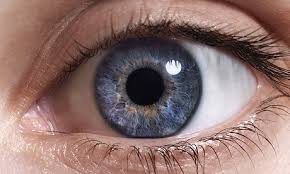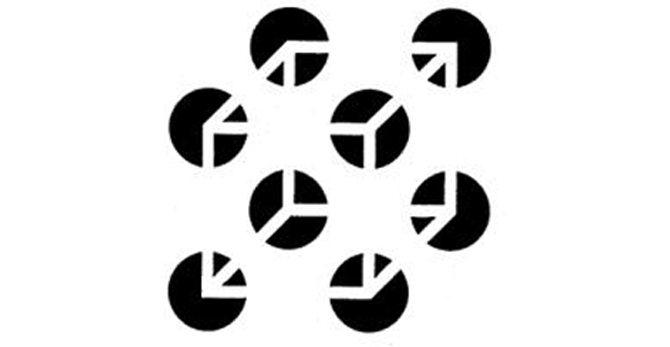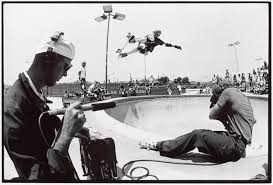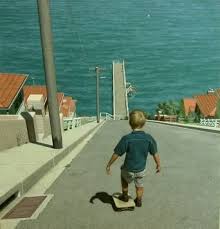Perception of a physical object involves at least three components:
a) The visual image or sensation of the
object as provided by the eyes;
b) The imaginative
interpretation of the visual image;
c) The
conceptualization of the object, that is, labeling the image.
 |
| Sensation |
For example, when viewing an opaque cup one's eyes only see it from one angle - above, side, bottom, etc - while the rest of the cup remains invisible. In one's mind, however, one tends to imagine a complete cup with four sides, a bottom, an opening at
the top, and a hollow inside. One also labels the object as a 'cup'.
 |
| Imagination |
One difference between
conceptualization and the other parts of perception (sensation and
imagination) is that the latter two change as one views an object from alternate
angles. For instance, as a cup is turned
around, the eyes see successively different
parts of the cup and one’s imaginative input also changes
as one imagines the concealed features of the cup. The concept of a cup, however, remains constant regardless of the angle of perception.
 |
| Conceptualization |
This reveals that sensation and imaginative interpretation are both connected to the material
world, while conceptualization is relatively abstract and transcendental. More specifically, sensory input is most
limited by the material world, imagination, less so, as it
enables one to 'perceive' aspects of an object invisible to the naked eye, while conceptualization is
most transcendent, for, as mentioned, it is unaltered by
the spatial orientation of an object.
On this basis it may appear that conceptualization plays a passive role in perception: it merely labels perceptions. But this is only partly true. Conceptualization also has a strong active influence on perception. For example, if one is asked to spot a cup on a cluttered shelf (remebering that the verbal request is conceptual in nature), the words evoke a mental image of a cup which then guides one's eyes to identify the cup on the shelf.
The passive and active aspects of conceptualization find expression in skating:
Passive: When observing a skater perform a kickflip from behind, one naturally imagines how the trick appears from

the other angles as well (usually one is utterly unaware that one does so and confuses his imaginings with visual sensations). Subsequently, one gives the trick a name. Skateboarding commentators must have all three perceptual elements working effectively and efficiently. The commentator only sees the skater from a particular angle and therefore must use imaginative interpretation to fill in the 'missing links' in order to correctly identify tricks. He must also be fluent in the names of all the tricks so that he may announce them rapidly, in time with a skater's performance.
 Active: When skating, one typically thinks of a particular trick by name - a Kickflip, 360 Hard flip, etc. The name elicits the trick within one's imagination and one then 'sees' oneself performing the trick in one's immediate surroundings as the mental image illuminates one's eyes. Similarly, when 'bombing a hill' one tends to fear pot holes, rocks, branches, etc, which can send one flying off the board into a hospital bed. While skating downhill one thus keeps mental images of those obstacles in mind. It is these images that guide one's eyes to look for and recognise such obstructions on the road...
Active: When skating, one typically thinks of a particular trick by name - a Kickflip, 360 Hard flip, etc. The name elicits the trick within one's imagination and one then 'sees' oneself performing the trick in one's immediate surroundings as the mental image illuminates one's eyes. Similarly, when 'bombing a hill' one tends to fear pot holes, rocks, branches, etc, which can send one flying off the board into a hospital bed. While skating downhill one thus keeps mental images of those obstacles in mind. It is these images that guide one's eyes to look for and recognise such obstructions on the road...


No comments:
Post a Comment